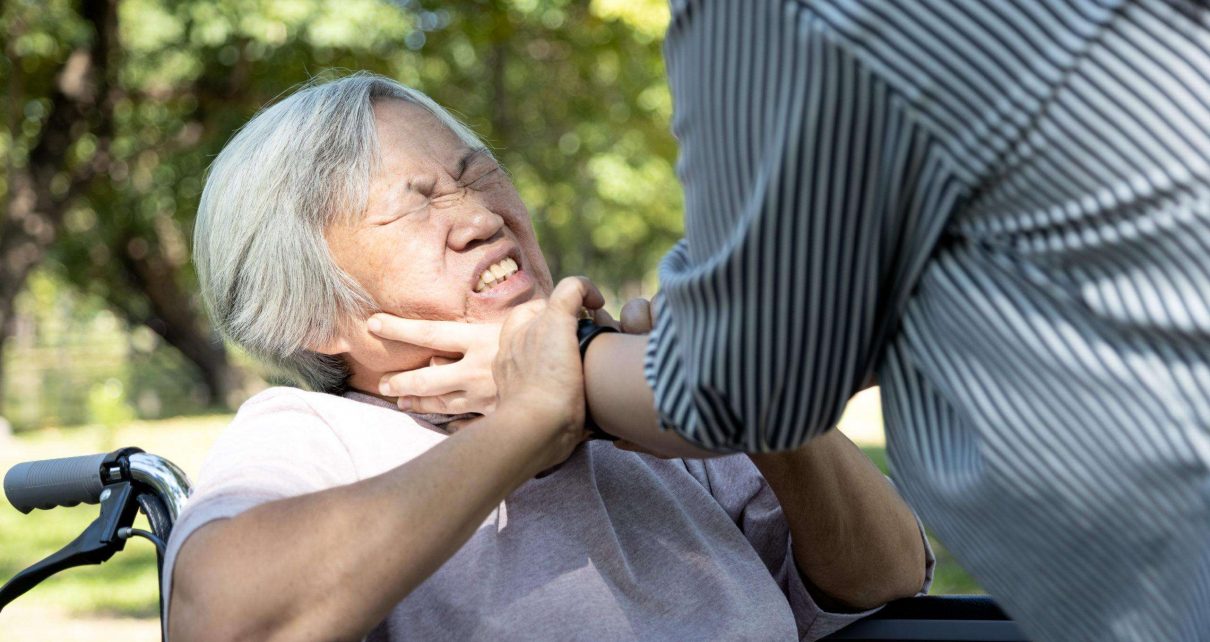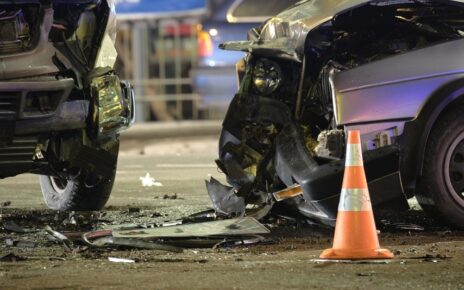It’s impossible to determine the number of instances of sexual abuse committed by priests before the year 2010, but it’s safe to say there were thousands, if not hundreds of thousands. The overwhelming majority of them were never reported, and victims lived with the mental and emotional scatd that they suffered. Since the 1990s, victims have come forward, but according to a leading priest abuse law firm, it’s safe to say that most clergy abuse victims remain silent, in the shadows and still traumatized.
The Tip of the Iceberg
The general public and even devout Christians are outraged over sexual abuse by priests. Overwhelming public opinion is that religious leaders haven’t been forthcoming or sufficiently aggressive in combating sexual abuse of parishioners by priests. The general opinion is that what has been learned in the last 20 years is just the tip of the iceberg. It’s highly likely that it is too, because many clergy sexual abuse victims passed away long ago.
Identities Continue to Be Hidden
Sometime in early 2002, the dam broke in Boston, and hundreds if not more than 1,000 clergy sexual abuse allegations were disclosed.. After that, Philadelphia and other cities in Pennsylvania were next. To date, the identities of rapists and sexual abusers continue to be protected. Many of those individuals were merely transferred out into new congregations where they could be repeat offenders. The stories of rape and abuse continue to be told though, and now, more and more victims are gaining the courage to come out and tell their stories.
The Statute of Limitations
Every state has its own statute of limitations for different crimes that have been committed within its jurisdiction. A statute of limitations operates as a deadline. The general rule is that both prosecutors and victims are prohibited from filing a criminal or civil action for damages if the statute of limitations has expired. In the past, the statute of limitations had already expired before victims of clergy abuse began opening up and detailing their accounts of what happened to them.
Extending the Limitations Period
Some state legislatures have now extended applicable statutes of limitation in cases that include members of the clergy to allow victims significantly longer periods of time to file their sex abuse lawsuits. These extensions are not uniform, and they vary from state to state. Only about 15 states have taken such action so far. Included in those are states with what are known as lookback windows that are relatively short periods of time when victims of childhood sexual abuse would be permitted to file their lawsuits, regardless of when the abuse alleged occurred. Victims of priest sexual abuse might want to check on any such amendment in their state.





